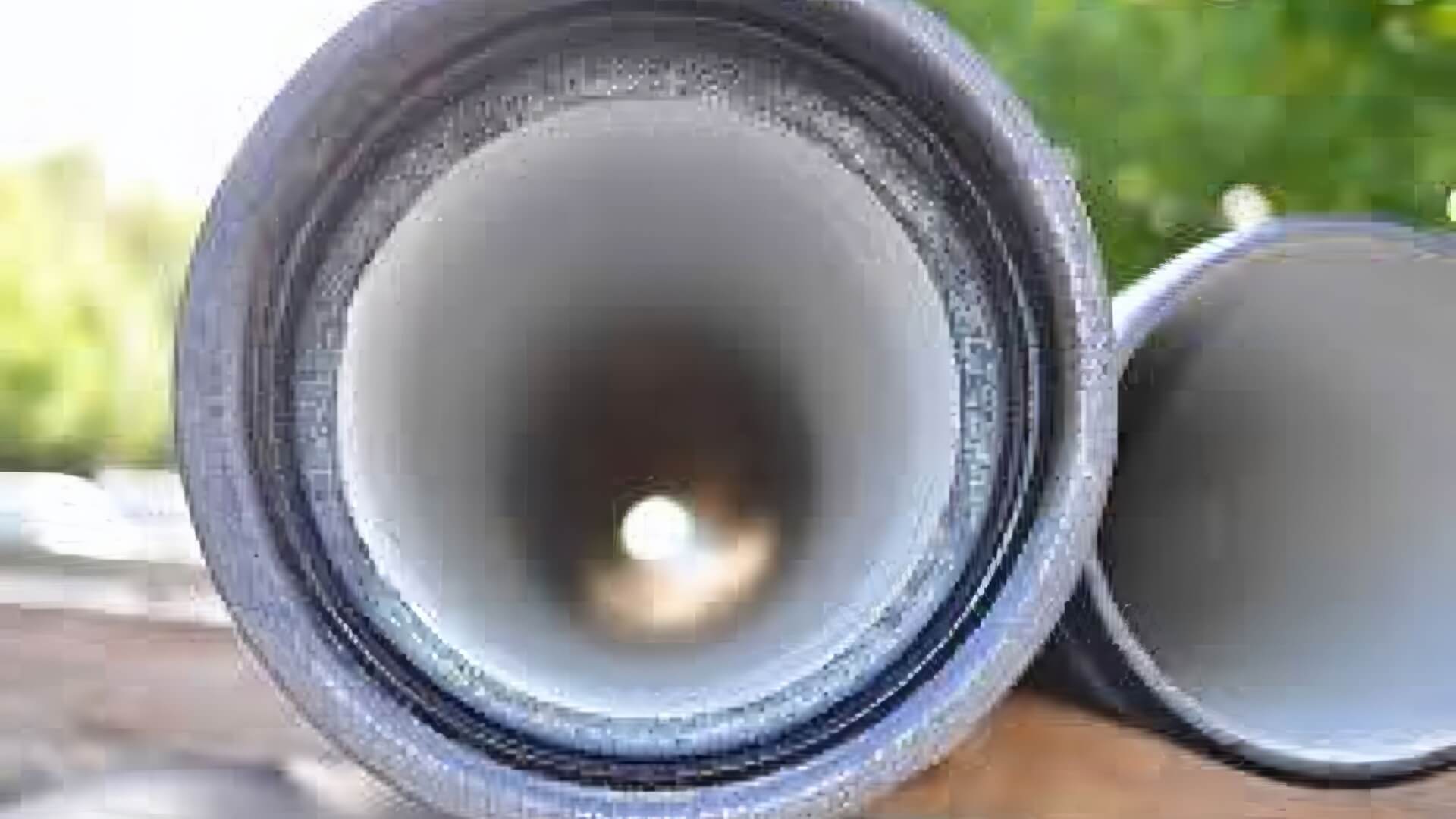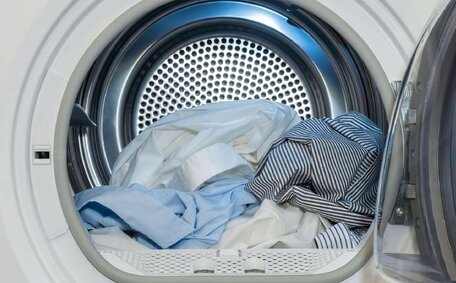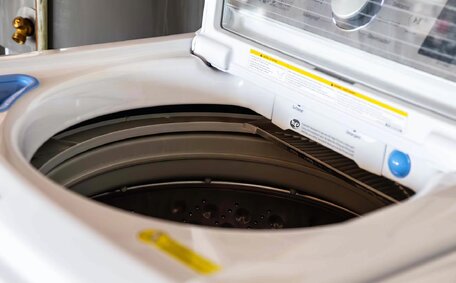Introduction to Relighting Your Gas Water Heater Pilot Light
A properly functioning pilot light is crucial for a gas water heater to heat water efficiently. However, pilot lights can unexpectedly go out, leaving you without hot water. While relighting a pilot light may seem intimidating, it often only takes a few simple steps to get your hot water running again.
As a leading plumbing company serving Oatlands and greater Sydney for over 10 years, Oatlands Plumbing has the expertise to help with all your plumbing needs.
Our licenced technicians are equipped to handle any plumbing challenge, from faulty pilot lights to blocked drains and leaking taps. We specialise in residential and commercial plumbing, gas fitting, hot water system repair, and more.
In this article, we’ll walk through the key things you need to know to safely relight your gas water heater’s pilot light.
We’ll cover confirming no gas leaks, turning off the gas valve, allowing gas to dissipate if needed, setting the gas valve to pilot position, understanding how relight the pilot with the igniter button, and finally setting the desired water temperature once the pilot remains steadily lit.
Ensure There are No Gas Leaks Before Relighting
Prioritising safety measures is essential before attempting to relight your pilot light. It’s critical to check for gas leaks to prevent fire or explosion hazards.
Never relight the pilot light if you detect any gas smell. Ensure that the gas control knob is turned to the off position.
There may also be a separate shutoff valve further upstream that should likewise be turned off. Next, locate the gas control valve on the gas line leading to the water heater. Start by smelling around the water heater for even a faint natural gas odour.
With the gas supply confirmed off, wait 5-10 minutes for any residual gas near the appliance to dissipate. An absence of a gas odour suggests it’s now safe to proceed with relighting the pilot.
If you still smell gas after ventilating, continue to air out the area until it’s safe to proceed with lighting the pilot.
Confirming the absence of gas leaks and clearing any gas buildup are critical safety steps before relighting the pilot light. Taking the time to perform this critical check could prevent catastrophic accidents.
Locate the Gas Control Valve and Confirm the Pilot is Out
The gas control valve regulates gas flow to the pilot light and main burner. You can find the gas control valve around the water heater’s base or beneath a removable access panel. Gas control valves are typically found near where the gas line connects to the appliance.
Visually inspect if the pilot light is out. Many gas control valves feature a viewing window to check the pilot assembly. Alternatively, the absence of an illuminated indicator light near the gas valve suggests that the pilot is off.
If you’re unsure if the pilot light is extinguished, turn the gas control knob to "Pilot" and sniff for any presence of gas. If there’s no gas odour after 30 seconds, you can confirm the original pilot flame is fully extinguished.
Consult the water heater manual for gas valve location and lighting instructions or search online for a guide using the model number if necessary.
Follow Step-by-Step Instructions to Relight the Pilot
Once the pilot light is confirmed out and no gas leaks are detected, follow these instructions to safely light your water heater’s pilot:
- Turn the gas control knob to the full “Off” position.
- Wait 5-10 minutes to allow any residual gas near the appliance to dissipate.
- Turn the gas control knob to the “Pilot” setting.
- Depress and maintain pressure on the control knob while pressing the piezo igniter button until the pilot flame ignites.
- Continue holding the control knob down for 30 seconds after the pilot flame is lit. This allows the thermocouple to heat up, signalling the gas valve to stay open.
- Release the control knob. If the pilot flame remains steadily lit, the thermocouple is properly activated. If the flame goes out, repeat steps 3-5.
- Once the pilot flame stays lit, turn the gas control knob to the desired water temperature setting.
- Allow 5-10 minutes for the water heater to begin heating water at the new thermostat setting.
Adhering to these steps will ensure the safe relighting of your water heater’s pilot light. However, if you have any uncertainty or need further assistance, contact Oatlands Plumbing’s licenced professionals.
Test and Troubleshoot the Newly Lit Pilot Flame
After relighting the pilot, confirm it is burning properly before considering the job done. Observe the pilot flame for a couple of minutes to verify that it stays lit consistently. A healthy pilot flame will appear predominantly blue and reach beyond the thermocouple tip.
Should the pilot extinguish upon releasing the control knob, reattempt the lighting process to adequately heat the thermocouple. Persisting flame outages may signal the need to check the ignition assembly for obstructions or damage.
Ensure the gas control valve is set to the 'Pilot’ position; incorrect positioning can restrict gas flow. Try lightly cleaning the thermocouple connection at the valve with steel wool if corrosion is present.
If the lighting procedures fail after several attempts, deeper gas valve issues may exist. Likewise, if your pilot frequently goes out without reason, have your water heater serviced to identify and repair the underlying problem.
Oatlands Plumbing has extensive experience in resolving pilot light and gas valve problems. Our licenced technicians can properly diagnose issues and recommend cost-effective solutions to restore hot water functionality.
Knowing When to Call a Professional Plumber
While relighting a pilot light often seems straightforward, certain situations warrant calling in a professional plumber for assistance.
If you smell gas after attempting to relight the pilot several times, immediately contact Oatlands Plumbing. A persistent gas odour likely indicates a dangerous leak requiring urgent attention to prevent risks.
If the pilot flame repeatedly goes out after following proper relighting procedures, a bigger underlying issue may exist. Our experts can troubleshoot why your pilot keeps extinguishing and rectify hard-to-diagnose mechanical faults.
Corrosion, damaged thermocouples, defective gas valves, or misaligned pilot assemblies can hinder the lighting of your water heater. Attempting makeshift fixes without proper training heightens safety hazards.
For any complex water heater problems beyond basic maintenance, trust Oatlands Plumbing’s licenced professionals to correctly assess and resolve the situation.
To access our decade of gas fitting and plumbing expertise for your pilot light or hot water system issues, call us at 1300 349 338 or email jobs@oatlandsplumbingservices.com.au to schedule an appointment.
Manual vs Electronic Ignition Pilot Lights
Unlike traditional water heaters with manual pilot lights, many contemporary systems feature electronic ignition. While the general relighting principles are similar, the specific methods vary between electronic ignition designs.
Rather than maintaining a constant pilot flame, electronic systems use spark igniters to trigger the burner on-demand. This removes energy waste from a permanently burning pilot.
Begin by finding the appliance’s power switch or shutoff valve to relight an electronic ignition pilot. Switch off power and fuel supply completely. After 5 minutes, return the fuel valve to the ‘on’ position and flip the power switch back on.
Activating the electronic igniter will automatically relight the system. Cycle the system’s ignition until the burner stabilises and maintains a consistent flame. The water will start reheating once the flames consistently burn.
Electronic ignition systems vary, so consult your model’s user manual or the manufacturer’s website for exact relighting instructions.
If you have difficulties relighting an electronic pilot system, contact Oatlands Plumbing for assistance. Our seasoned technicians can accurately identify and fix electronic ignition faults, swiftly restoring your hot water.






